
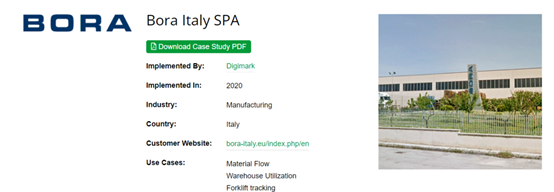 、提升效率和優(yōu)化倉庫布局1.png" style="box-sizing: border-box; border: none; vertical-align: middle; margin: 0px; padding: 0px; background: none;"/>
、提升效率和優(yōu)化倉庫布局1.png" style="box-sizing: border-box; border: none; vertical-align: middle; margin: 0px; padding: 0px; background: none;"/>
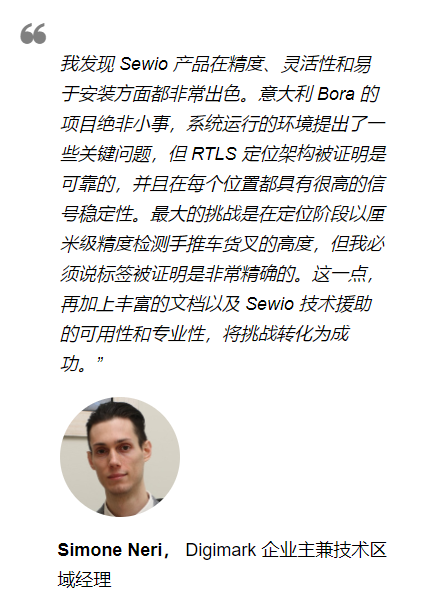 、提升效率和優(yōu)化倉庫布局2.png" style="box-sizing: border-box; border: none; vertical-align: middle; margin: 0px; padding: 0px; background: none;"/>
、提升效率和優(yōu)化倉庫布局2.png" style="box-sizing: border-box; border: none; vertical-align: middle; margin: 0px; padding: 0px; background: none;"/>
Bora Italy 是汽車和家用電器行業(yè)金屬部件成型領(lǐng)域的領(lǐng)導(dǎo)者。博拉意大利在約2000平方米的面積內(nèi)還進(jìn)行模具的設(shè)計(jì) 應(yīng)用先進(jìn)先出邏輯是Bora Italy想要實(shí)現(xiàn)的長期目標(biāo) l the location of the goods; l the identification and monitoring of goods in areas without shelves and that are not visible; l the identification and monitoring of assets; l the calculation of the height of the forks of the forklifts to identify the location of the goods precisely. l 貨物的位置 l 對沒有貨架和不可見區(qū)域的貨物進(jìn)行識別和監(jiān)控; l 資產(chǎn)的識別和監(jiān)控; l 計(jì)算叉車貨叉高度,準(zhǔn)確識別貨物位置。 The main problem encountered was ensuring the correct location of the materials, creating a flexible system that: l limited the intervention of the forklift driver in determining the storage of goods; l totally eliminated the risk of incorrect product pick-up and delivery; l used areas that are not visible and do not have shelves; l remedied the absence of recognition and/or information, such as recognizing a package to be picked up or deposited among many that contain the same article; l accurately calculated the height of the forks of the forklift to manage the overlapping of stacks of mixed goods and positioning and picking in corners and narrow aisles. 遇到的主要問題是確保材料的正確位置,創(chuàng)建一個靈活的系統(tǒng): l 限制叉車司機(jī)在決定貨物存儲時的干預(yù); l 徹底杜絕了產(chǎn)品取貨和發(fā)貨錯誤的風(fēng)險; l 使用過的不可見且沒有架子的區(qū)域; l 糾正了識別和/或信息缺失的問題,例如識別出一個包裹將被提取或存放在許多包含同一物品的包裹中; l 準(zhǔn)確計(jì)算叉車叉貨的高度 為了讓叉車司機(jī)快速識別貨物的位置,只需在貨架、過道和各個區(qū)域應(yīng)用代碼就足夠了。然而,這種定位方法僅適用于具有固定結(jié)構(gòu)的倉庫,該倉庫是根據(jù)先前的需求預(yù)先設(shè)計(jì)的 On the contrary, by producing for third parties, Bora: l has to manage different types of materials according to the periods; l is equipped with a warehouse characterized by areas without shelves, with a quantitative limit on the amount of stackable goods. In particular: l the handling units in the specific case consist mostly of metal boxes, gabions and pallets; l 80% of the finished product is stored in the warehouse creating stacks on the ground and only the remaining 20% is placed on the shelves; l the warehouse structure has various corners and narrow aisles. 相反 l 必須按時段管理不同類型的物料; l 配備的倉庫特點(diǎn)是無貨架區(qū)域 尤其: l 具體情況下的處理單元主要由金屬箱、石籠和托盤組成 l 80%的成品存放在倉庫中 l 倉庫結(jié)構(gòu)有各種角落和狹窄的過道。 憑借這些需求和其他關(guān)鍵問題,Digimark 為 Bora Italy 開發(fā)了一套遵循自動化倉庫邏輯的物料實(shí)時監(jiān)控系統(tǒng)。為了實(shí)施該系統(tǒng) l 標(biāo)簽的正確定位 l 消除裝載錯誤和材料去除 l 精度為10-30厘米 l 盡可能靈活的存儲系統(tǒng)。 Furthermore, to give Bora Italy the possibility to build stacks of mixed goods and to be precise in positioning and picking up material in narrow aisles and corners, we, at Digimark, have developed a system for monitoring the height of the goods and the orientation of the forklift. 此外,為了使 Bora Italy 能夠堆疊混合貨物并在狹窄的過道和角落精 確定位和拾取材料,我們 Digimark 開發(fā)了一種系統(tǒng),用于監(jiān)控貨物的高度和貨物的叉車的方向。 n 解決方案-3D 定位測量叉車貨叉的高度以跟蹤堆垛內(nèi)的貨物 Digimark為Bora Italy開發(fā)的項(xiàng)目,采用Sewio硬件技術(shù),可分為四個宏觀階段 1. RTLS系統(tǒng)的配置 2. 宏觀軟件結(jié)構(gòu)的開發(fā) 3. 通知系統(tǒng)的開發(fā) 4. 建議存儲位置的邏輯的開發(fā) 第 一階段首先評估了1000平方米倉庫面積所需安裝的錨數(shù)量: l 距離天花板一米,以避免海浪反射的干擾; l 通過 CAT6 以太網(wǎng)電纜連接到 24 端口 PoE 交換機(jī) Therefore, the forklifts are equipped with: l an RTLS positioning tag that defines their position in the warehouse space in real time; l a piece presence sensor that identifies whether or not the material is present on the fork; l a tablet PC, with the management application; l a barcode reader to identify the cash desk if it is not yet present in the system database. 叉車配備: l RTLS定位標(biāo)簽 l 存在傳感器 l 平板電腦 l 條形碼閱讀器,用于識別收銀臺(如果系統(tǒng)數(shù)據(jù)庫中尚未存在)。 The positioning tag has been inserted on the fork of the forklift in order to monitor its position in the three-dimensional space, also allowing to trace the exact position of the materials, both on the individual shelves and on the possible stacks. 定位標(biāo)簽已插入叉車的貨叉上,以便監(jiān)控其在三維空間中的位置,還可以跟蹤材料在單個貨架上和可能的堆垛上的準(zhǔn)確位置。 配置 RTLS 系統(tǒng)后,Digimark 負(fù)責(zé)管理系統(tǒng)核心的開發(fā),即定義其整個操作邏輯的軟件。特別是,我們將軟件開發(fā)分為服務(wù)器和平板電腦 安裝在平板電腦上的程序,在Microsoft.NET環(huán)境下用C#語言開發(fā) l 手推車的實(shí)時位置; l 向叉車司機(jī)提供有關(guān)倉庫中要提取或存儲的物料的信息 l 通過掃描儀管理材料的識別 l 如果生產(chǎn)部門的機(jī)器上有準(zhǔn)備好拾取的材料 平板電腦連接到公司 Wi-Fi 網(wǎng)絡(luò) l 管理進(jìn)出平板電腦的信息流,負(fù)責(zé)將數(shù)據(jù)保存在數(shù)據(jù)庫中 l 還管理對叉車司機(jī)的建議 l 具有可通過瀏覽器使用的用戶界面,從中可以查詢倉庫中的材料 系統(tǒng)數(shù)據(jù)所在的數(shù)據(jù)庫是非關(guān)系型的 此外,為了方便叉車司機(jī)的工作 最后,該系統(tǒng)提供了一個邏輯 因此 使用 Digimark 系統(tǒng)以及與 ERP 和 Sewio RTLS 的集成取得了以下成果: l 提高尋找商品的效率和速度 l 由于錯誤和低效率而導(dǎo)致的成本降低 l 更好地評估庫存 l 零庫存 l 儲存時間減少 l 移動車輛之間零碰撞風(fēng)險 l 提高叉車司機(jī)的生產(chǎn)力 l 更好的倉庫管理,這體現(xiàn)在更快的生產(chǎn)和運(yùn)輸速度 l 不符合實(shí)際加工或交付需求的材料/產(chǎn)品在不被注意的情況下從倉庫中撤出的風(fēng)險為零
公眾號 掃碼咨詢
交換機(jī):18017588179(孫經(jīng)理) 無人機(jī):13311882358(孫總)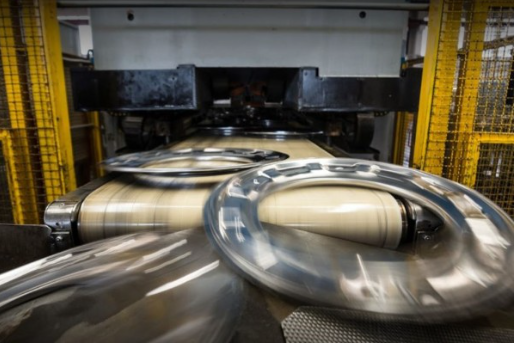 、提升效率和優(yōu)化倉庫布局3.png" style="box-sizing: border-box; border: none; vertical-align: middle; margin: 0px; padding: 0px; background: none;"/>
、提升效率和優(yōu)化倉庫布局3.png" style="box-sizing: border-box; border: none; vertical-align: middle; margin: 0px; padding: 0px; background: none;"/>n 目標(biāo)-提高生產(chǎn)速度和效率
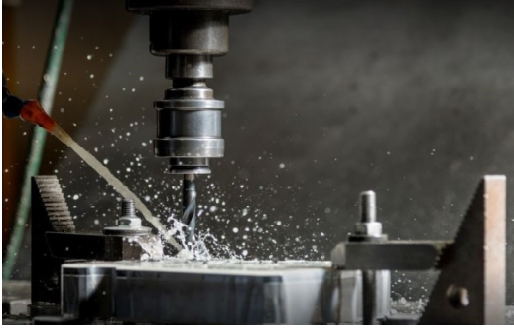
n 挑戰(zhàn)-跟蹤狹窄過道和拐角處堆放的混合貨物
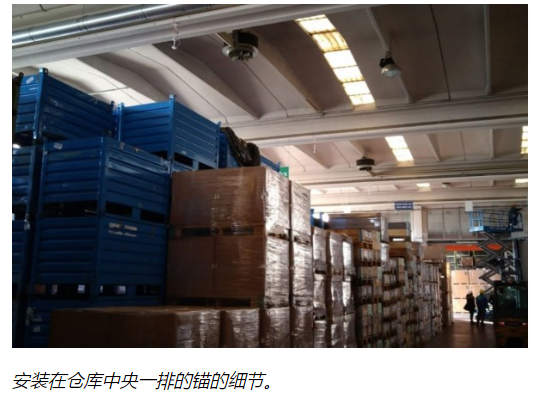
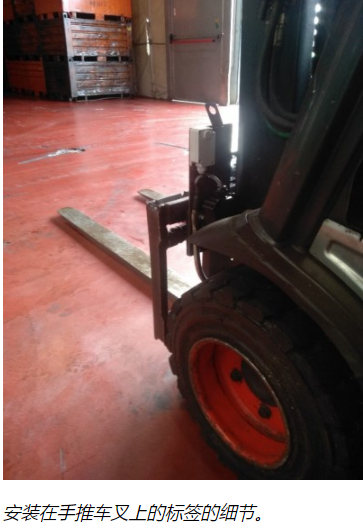
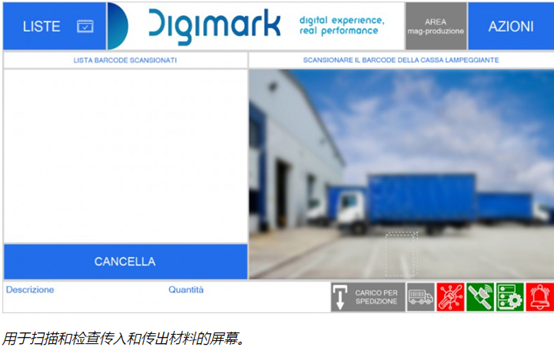 、提升效率和優(yōu)化倉庫布局7.png" style="box-sizing: border-box; border: none; vertical-align: middle; margin: 0px; padding: 0px; background: none;"/>
、提升效率和優(yōu)化倉庫布局7.png" style="box-sizing: border-box; border: none; vertical-align: middle; margin: 0px; padding: 0px; background: none;"/>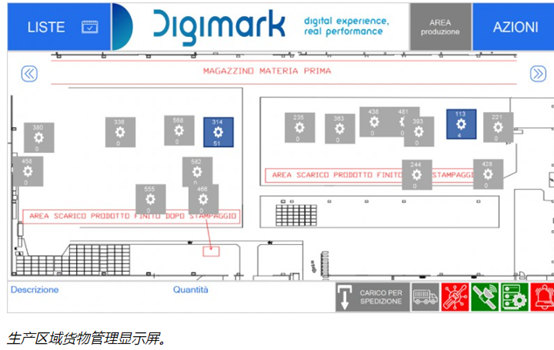 、提升效率和優(yōu)化倉庫布局8.png" style="box-sizing: border-box; border: none; vertical-align: middle; margin: 0px; padding: 0px; background: none;"/>
、提升效率和優(yōu)化倉庫布局8.png" style="box-sizing: border-box; border: none; vertical-align: middle; margin: 0px; padding: 0px; background: none;"/>
n 結(jié)果-提高物流生產(chǎn)力和倉庫利用率

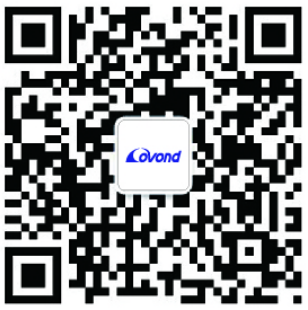


上海市閔行區(qū)中春路4999號莘莊商務(wù)樓1326室

service@covond.com

www.jxetj.com
